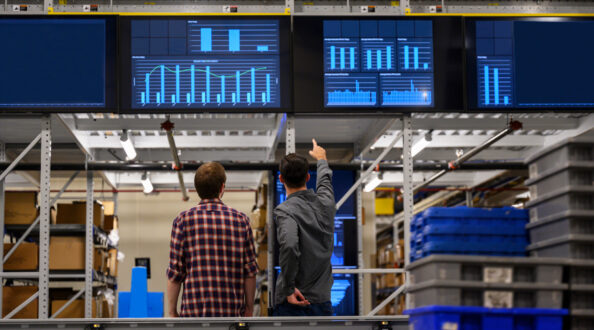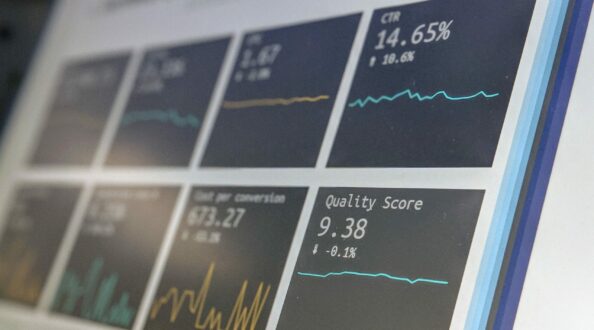
Navigating Manufacturing Disruptions: Enhancing Supply Chain Resilience with Advanced Analytics
Discover the transformative power of intelligent data usage and planning for enhanced supply chain resilience.
In today’s vibrant business landscape, supply chains are increasingly volatile, with rapid and unpredictable changes in demand commonplace. This coupled with labour shortages, fluctuations in stock availability and the profound impact of rapid price inflation are placing significant pressure on supply chain managers to deliver. In order to keep pace, companies are turning to analytics and scenario modelling to enable them to swiftly adapt to the ever-evolving market dynamics.
The Power of Informed Decision-Making
We recognise that the manufacturing and construction industry heavily depends on operational efficiency, with technology serving as a pivotal enabler. Significant progress has been made toward achieving these objectives by harnessing the potential of data management, by implementing cutting-edge BI tools, advanced analytics, and streamlined automation. However, the driving force behind this approach remains planning analytics, a transformative force that has redefined how countless organisations achieve superior business outcomes.
Planning Analytics Unveiled | Extended Planning & Analysis: The Game Changer
Over the last five years, the market has seen the rise of a concept known as Extended Planning and Analysis (xP&A). It involves connecting data across various aspects of a business, from finance to operations, to create a comprehensive decision-making framework. This extends beyond finance to encompass sustainability planning, strategic workforce planning, market forecasting, and more.
What does this mean for organisations who rely on an efficient and effective supply chain model?
Addressing Complex Manufacturing and Distribution Challenges at Tata Steel
In a recent webinar, steel manufacturer TATA Steel, described how it was possible to navigate complex business challenges in their manufacturing and distribution operations using planning analytics. TATA needed to answer questions related to order scheduling, which was complicated due to a mix of planned and unscheduled production orders, varying order statuses, and production uncertainties. This led to difficulties in informing the commercial team accurately of order fulfilment dates, potentially resulting in lost orders or overcommitting to capacity.
For distribution, they had to address the challenge of predicting the mix of steel grades required for delivery to production units in six weeks, which was complicated by a mix of regular contract orders and spot orders with short lead times. The forecasting process relied on historic data and Excel-based methods, making it prone to errors and inflexible for any real-time adjustments. The process was also reliant on a single individual.
TATA ventured into planning analytics to solve these challenges, resulting in:
- Multi-user applications to replace manual processes, enhancing efficiency.
- Teams dedicating more time to data analysis and decision-making, and reduced time on data preparation.
- Streamlined data collection, preparation, and presentation as a result of applying automation to this process
- Improved data quality as a natural by product.
Expanding Horizons
Following the successful application of planning analytics, Tata Steel UK didn’t stop there. They continued expanding their portfolio of planning analytics applications, each contributing to improved efficiency and decision-making.
“Once you have the forecast, you are able to compare the forecast with what was actually happening to see how good your forecasts are. What are the benefits? These benefits are things that have already been delivered – multi-user applications. You go from having a kind of single person driving this planning to lots of people working on the same planning. People spending about 80% of the time analysing and making decisions versus 20% of the time preparing the data before these applications.”
Brendan Hoo, TATA Steel
IF YOU’D LIKE TO KNOW MORE YOU CAN WATCH THE WEBINAR ON-DEMAND HERE
Alternatively, contact us on 020 3137 9944 or email info@sempreanalytics.com to start an informal conversation and schedule a consultative discussion on how we can help address your data governance solution requirements.
About the author
Richard Abraham is an experienced sales professional, focused on the successful delivery of solutions that deliver operational efficiency for both clients and partners. Supporting companies with a desire to fulfil their strategic objectives through Business Intelligence, Financial Performance Management and Insight through past, present and future data analytics












